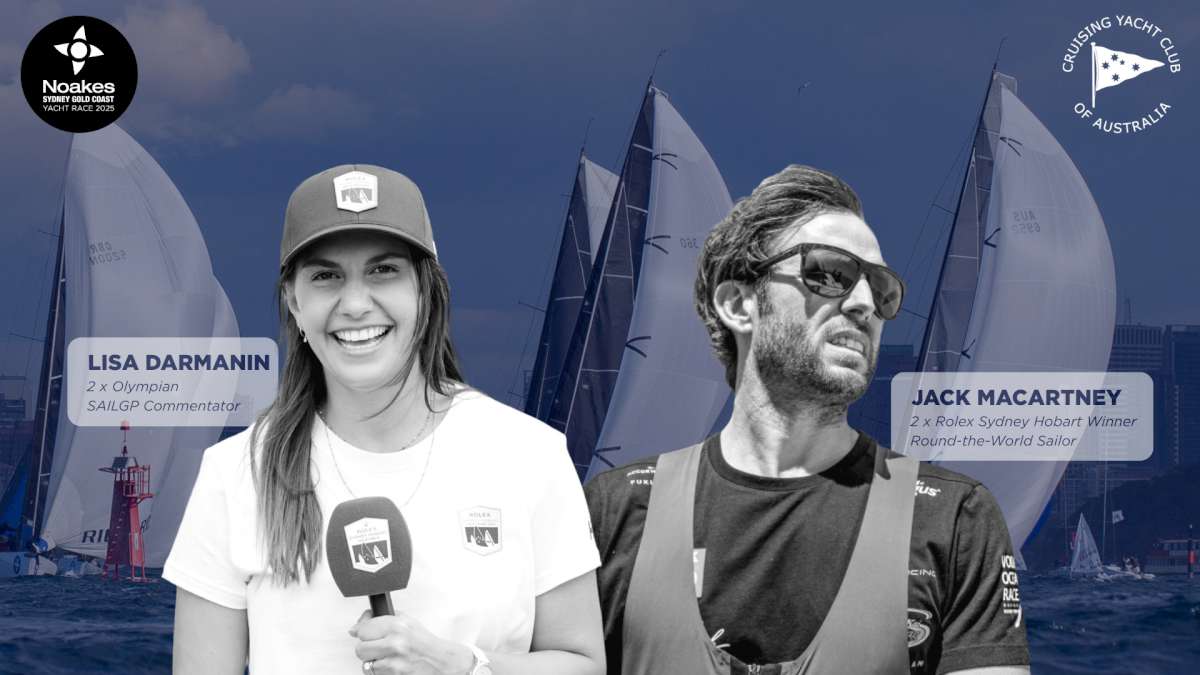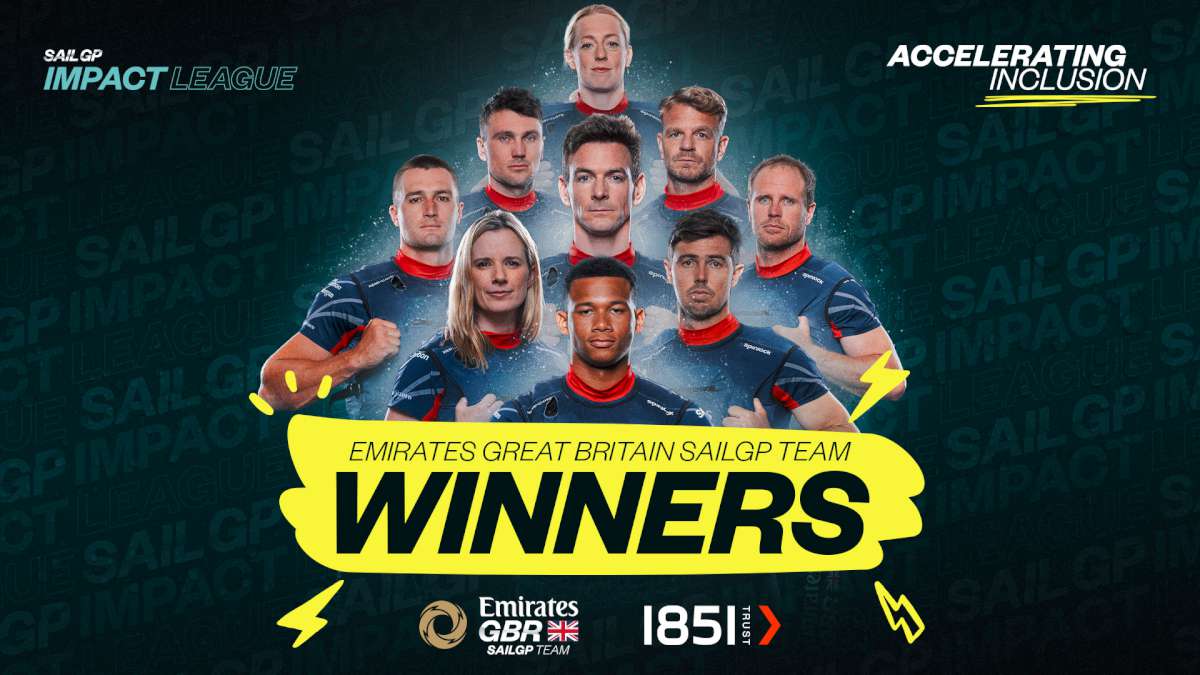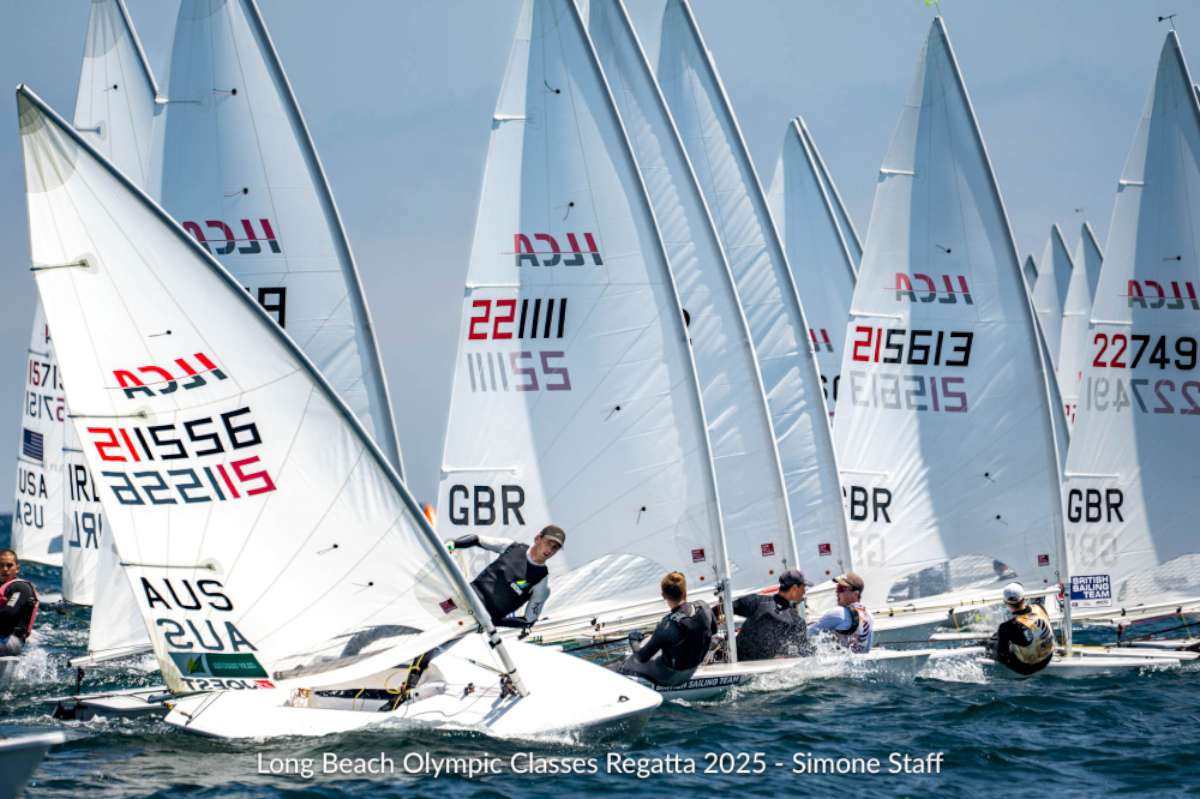It was five years ago, back in 2010, we first looked at the new information coming from research at Cape Town University published in the British Journal of Sports Medicine. This started to confirm that the widely accepted views and old theories as to the causes of cramping were dehydration and loss of minerals in sweat (that lead to an electrolyte imbalance) should be questioned and in fact dismissed as incorrect beliefs.
They were able to pin point that cramping can be caused by changes to the nervous system and how it “talks” with the muscular system, especially when the muscular system is fatigued due to intense exercise. Communication in the muscular system is impeded and if exercise continues, then a cramp can develop.
Fast forward five years – the exact cause of cramps is still not proven; but continued research is giving us a clearer picture of the potential causes of developing cramps and risks factors that increase the likelihood of cramping. We also have learnt more around treatment and prevention strategies over the last half decade, to highlight how to minimise their occurrence.
Research scientists have shown that the prevalence of cramping is around the 35% level across all athletes, so roughly a third of all people will experience some level of cramping during or immediately after exercise, at some stage. It is most common in endurance sports and team sports, even in the fittest athletes.
Sport scientists and experts recently reviewed the limited research in the area, and concluded that as the research evidence grows, it’s becoming clear that there are two distinct and different categories of exercise-associated muscle cramps.
First, overloading muscles too hard can bring on muscle cramping in the overworked muscle fibres. These cramps can be treated by lowering or ceasing the exercise intensity then followed with stretching and massaging the affected area and icing the muscle.
The second type of cramping is heat cramps – most commonly seen during sports competing in hot and humid conditions. These types of cramps appear due to extensive sweating and sodium losses. This can lead to cramping, even when there is no muscle overload and fatigue. Treatment via drinking sodium-containing fluids (sports drinks) is the proven effective strategy for maintenance
of water and sodium balance.
At the first signs of muscle twitch, a prompt drink of a high-sodium fluid may help (eg 0.5 Litre of a carbohydrate-electrolyte drink, including additional sodium, consumed all at once or within five minutes). The effects of the salt solution are usually seen in just a few minutes as it is processed and then absorbed into the bloodstream. Additional lower-sodium fluids such as sports drinks should then be consumed at regular intervals until completion of the event.
Big sweaters must focus on consuming sodium based fluids at regular intervals along with drinking additional fluids with electrolytes. Profuse sweating and dried salt marks on the skin or clothing are signs of “salty sweaters.” The feelings that result of this deficit may lead to dehydration and can include high thirst, light headedness to headaches or nausea.
For the athlete attempting to reverse heat cramping, it is often not necessary to increase fluid intake. In fact, sometimes it’s essential to decrease fluid intake especially those who are drinking too much low or no-sodium fluid such as plain water – the key is to increase sodium intake to balance and
match individual sweat losses.
Potassium supplements or other mineral supplements such as calcium or magnesium (in capsules, powders or tablet form), are not proven to be effective and will not provide any relief of muscle cramp symptoms. While these minerals play many important roles in the body, unfortunately the prevention/reduction of exercise-induced muscle cramps is not one of these. It is easy to be confused considering the heavy marketing for supplements and the prevention of cramps, but to date the scientific research suggests that there is no strong link between exercise-induced muscle cramps and supplementation.
What are the Risk Factors?
Factors that been shown to increase the risk of cramping include:
- Having a history of cramping
- Increased exercise intensity and competing at a faster pace than in training pace
- Doing too much static stretching beforehand in the warm up
- Increased duration of exercise or longer race time that increase fatigue levels
- Not tapering enough before the race and racing with muscle fatigue
- Low energy levels
- Inadequate preparation
- Challenging environmental conditions
While these are factors, ongoing current research suggests they are not the causes of muscle cramps.
What Are The Theories Now?
The physiology of muscle contraction and relaxation may help explain the current theories. Dysfunction of these processes can occur due to fatigue during exercise. The electrical activity in the muscle must also be normal. If not, the muscle may be continually stimulated and thus contract and stay contracted. If any of the pathways that create this electrical activity are upset, the muscle may cramp. Again, fatigue can be a cause for the muscle’s electrical activity to be upset.
In all the available literature, it appears that fatigue either within the muscle or within the nervous system itself may be related to cramping.
Prevention – How to avoid cramps:
Evidence suggests the following ways to prevent cramping in athletes:
-
Exercise at an appropriate intensity – don’t go too hard due to stress and excitement of racing
-
Carbohydrate and electrolyte supplements before and during exercise may extend the time to fatigue and thus onset of cramping
-
Hydrate before and during racing
-
Ensure you are well fuelled with good carbohydrates
-
Ensure you taper to reduce fatigue levels going into the race
-
Train at race intensity leading into the event
-
Warm up adequately and don’t overdo static stretching before the race, use dynamic stretching instead
-
Improving the fitness level and flexibility
-
Train at a similar intensity and for duration of competitions.
– Andrew Verdon
For more stories like this subscribe to Australian Sailing magazine, head to Great Magazines or iTunes.
























